Date: 29 June 2015
Eventually, science and industrial communities partnered to develop more complex systems like the Hubble Telescope, which just celebrated 25 years of breathtaking images and discovery. Today’s researchers can gaze farther across the universe than ever before.Telescopes, satellites, exploratory spacecraft, and manned shuttles all contribute to our study of the solar system and beyond. We’re able to spot supernovae, comb the surface of a comet, even uncover the inner workings of our own sun, and many of these missions are made possible in part by one integral component: glass.
Critical to advanced telescopes are the advanced glass components used in telescopes and aboard rovers and satellites are engineered with low thermal expansion, high chemical stability, and long-term durability, helping researchers and astronomers better understand our universe. Glass with enhanced optical properties solved the light refraction problems that Galileo and Isaac Newton couldn’t answer, and made the night sky clear for observation.
Here are just a few ways glass is key to investigating our solar system and beyond.
Eyeing the heart of our solar system: Though solar flares create beautiful visuals, the radiation they emit can disrupt communication and radar systems on Earth. Across the globe, solar telescopes equipped with ZERODUR® glass-ceramic mirror blanks keep a watchful eye on the sun to detect these bursts of energy. ZERODUR® glass-ceramic has extremely low thermal expansion, allowing giant telescopes, including the Daniel K. Inouye Solar Telescope in Hawaii, Big Bear Solar Observatory in California, and GREGOR telescope in Teneriffa, Spain, to observe the sun throughout the day without image deterioration.
Peering far beyond our solar system: Modern telescopes can detect objects and details light years farther away than early astronomers could ever see. The Keck telescope array on Mauna Kea in Hawaii includes the world’s largest optical and infrared telescopes, which also employ ZERODUR® glass-ceramic mirror blanks to observe exploding stars, measure the distance to a nearby galaxy, and capture eruptions on celestial bodies near Earth.
ZERODUR® glass-ceramic is also used for the primary mirror in the Large Sky Area Multi-Object Fiber Spectroscopic Telescope (LAMOST) in China. Rather than capture visual images, this telescope focuses on spectroscopic scanning of millions of stars and galaxies outside the Milky Way, and will help create large-scale models of the universe.
Interference filters also play a vital role in space discovery. For example, these filters were recently implemented in the Observatorio Astrofisico de Javalambre in Spain to assist in space observation. These extremely narrow bandpass filters enable to analyze narrow spectral regions of starlight while accurately blocking out unwanted wavelengths. Furthermore, the filters are conceived for low wavefront errors, and therefore deliver extremely high image quality.
Another glass type plays a role in the search for the most mysterious force in space — dark energy. BOROFLOAT® floated borosilicate glass — with excellent optical properties and a low thermal expansion coefficient — is an important component in the 156 spectrographs used in the Hobby–Eberly Telescope Dark Energy Experiment (HETDEX) in Texas. The spectrographs will 3-D map the universe, calculate the speed of its expansion, and reveal the composition of celestial objects. Researchers hope to uncover the underlying physics of the universes’ rapid expansion.
Shielding astronauts during blastoff and re-entry: While achieving escape velocity is an achievement in itself, doing so safely is the most important consideration for scientists and astronauts. In order to protect astronauts, space shuttles must resist the extreme heat created when leaving and entering the Earth’s atmosphere. Porous glass, like SCHOTT’s established CoralPor® 1000 glass, is one proven way to protect shuttles. It is used as the base for the NASA-developed coating that protects space shuttles — and the astronauts inside them — from harm.
Zooming in on celestial bodies from space: Photographs from space capture our imagination, from Neil Armstrong’s first photos on the Moon to the Pale Blue Dot to Curiosity’s panoramas of Mars. Cameras installed on satellites and rovers must be equipped with high-performance lenses to withstand the extreme conditions of space, which include freezing temperatures, high doses of radiation, and vacuum conditions. Special optical glass is used for the optical, infrared, and radiation-resistant lenses that allow these cameras to capture the entire light spectrum, offering researchers a more comprehensive view of the planets, stars, and solar systems near and far.
In 1969, Apollo 11’s Neil Armstrong recorded footage from the surface of the Moon with a video camera equipped with four pieces of SCHOTT optical glass. More recently, advanced camera systems took photos of Comet 67P/Churyumov-Gerasimenko during the Rosetta mission. The cameras aboard the Philae lander travelled to Comet 67P equipped with 28 specialty glass lenses that SCHOTT engineered to resist cosmic radiation during the craft’s 10-year journey from Earth.
Continuing our exploration of space with assistance from glass
The vastness of space sparks our natural curiosity and desire to understand everything around us. Generations of technological breakthroughs have increased the power and capabilities of our telescopes, and we’re able to take a deeper look at the constellations and the space far beyond them with manned missions, telescopes, and satellites. We even safely put a man on the moon, and photographed and broadcast its surface — a feat nearly unimaginable even a decade prior. Specialized glass designed for the final frontier will allow researchers to continue gazing into the vastness of space and support new missions that unravel the mysteries of the cosmos.

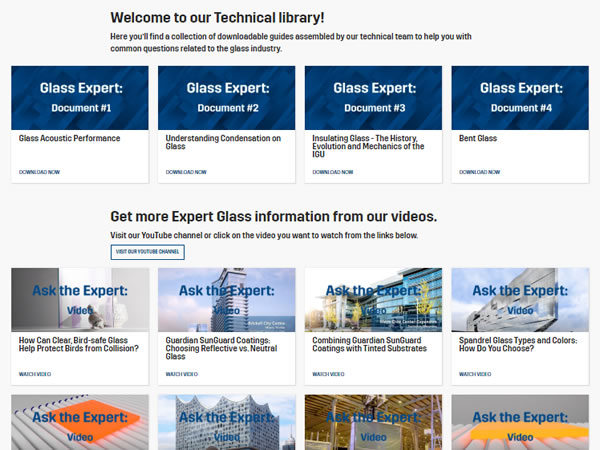
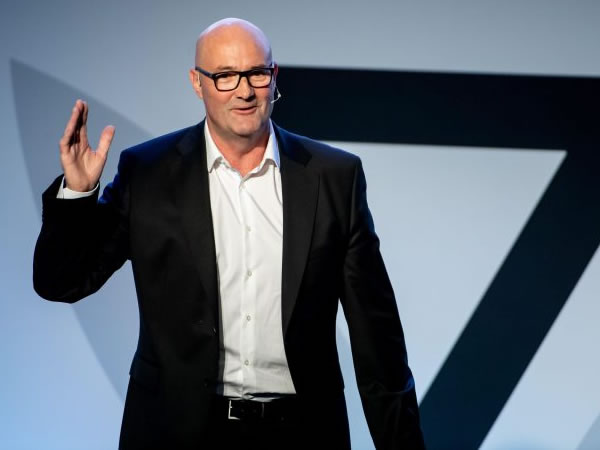

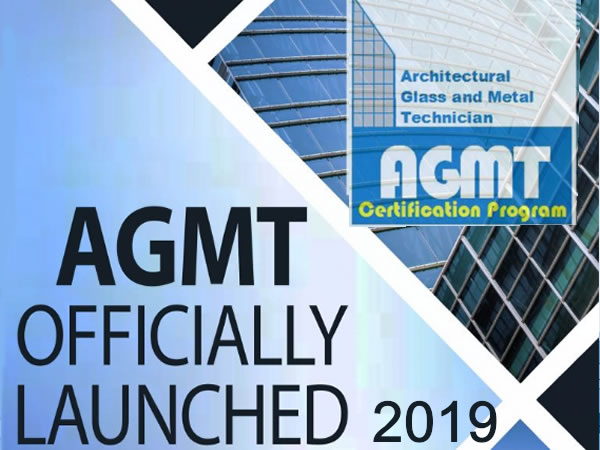
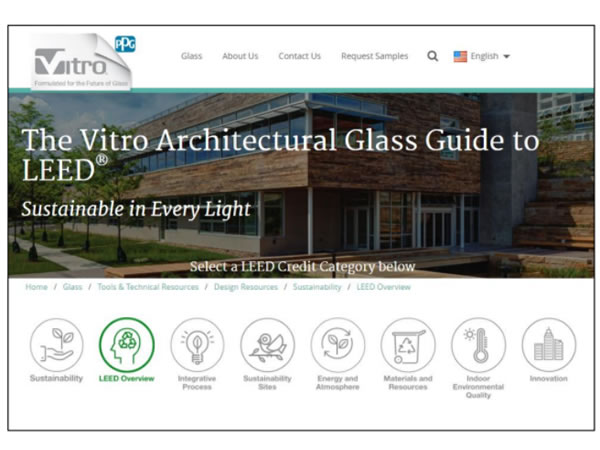
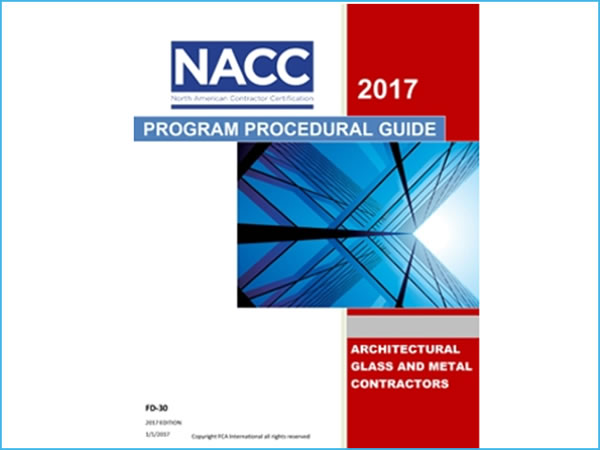

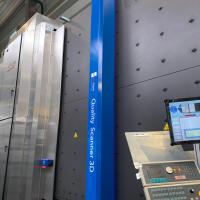
Add new comment